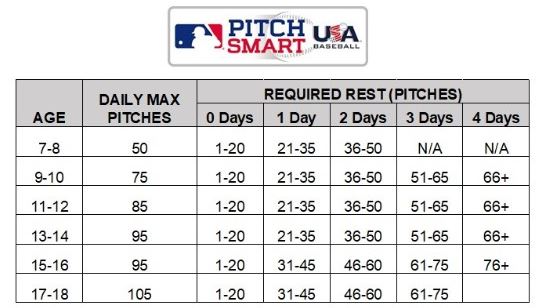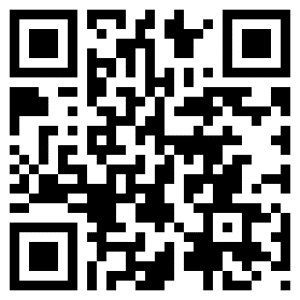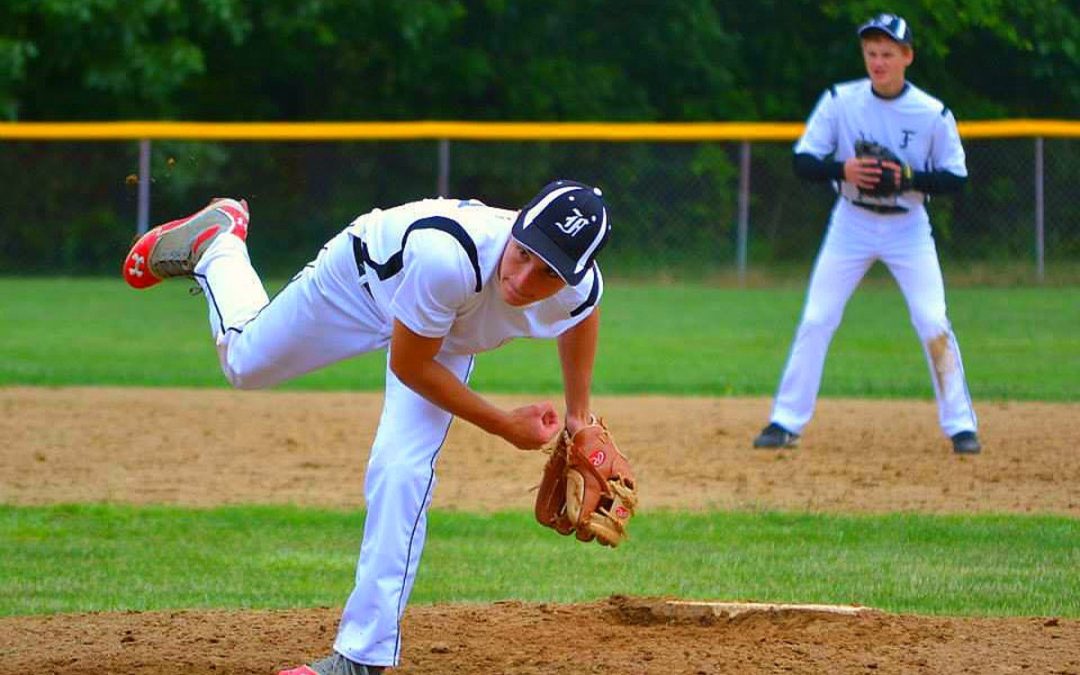Pitch Count in Youth Baseball
Spring has sprung and baseball season has begun for high school players with little league practice and games soon to follow. One of the most common topics of debate is the pitch count in players of all ages.
How many pitches should a player be allowed to throw in a game? How many innings should that player be allowed to pitch in a weeks’ time? These are questions that coaches will find various opinions on in their inner circle with fellow coaches, coaching clinics and online. The purpose of this blog is not to set a hard max on the number of pitches that should or should not be thrown but the key is to increase awareness. There should be a limit on pitches and regular pitch tracking should be conducted on players throughout the season to ensure that their arms are protected.
Let’s look at the pitch count recommendations from two of the most reputable and trusted sources in the game. Those are Major League Baseball and Little League Baseball. Both sources agree on the pitch count for age ranges and the amount of rest needed based on how many pitches are thrown. Below are their recommendations:

So why is it important to follow these recommendations? Throwing a baseball places a lot of stress on the shoulder and elbow, especially in young children as their bones and muscles are still developing. If those areas are placed under too much stress injuries can occur. There are several common injuries that occur in pitching athletes, those include: little league elbow, UCL sprain, thrower’s shoulder and muscle strains. Each of these injuries can require a lengthy time away from sport as it takes time to fully recover.
Little League elbow is a condition in which repeated stress to the elbow leads to inflammation and irritation around the growth plate on the inside of the elbow. This injury is most seen in players from the age of 9-14. The UCL is the ligament on the inside of the elbow that helps supply support and stability when throwing. During the throwing motion there is a lot of stress placed on this ligament. That stress can lead to a sprain or tear of this ligament. The UCL is best known for the procedure to surgically repair when there is a tear. That procedure is known as Tommy John and takes 9 months to 1 year to return to throwing competitively. Thrower’s shoulder is caused by the widening of the growth plate of the upper arm bone meets the scapula to form the shoulder. This widening is caused by repetitive stress such as throwing a ball over and over. The widening causes an inflammatory response by the body resulting in shoulder pain. Muscle strains can occur to the rotator cuff muscles, latissimus dorsi or obliques. All the above muscles are critical during the throwing motion and if they are not properly given a suitable time of recovery, they are more susceptible to injury such as strains/pulls or tears.
Now that we have discussed pitch count and potential injuries associated with overuse of the throwing arm and shoulder let’s talk about the best way to prevent those injuries. One of the top recommendations is to follow the pitch count recommendations listed above. Another critical thing to acknowledge to avoid injury is fatigue. Allow proper period for rest and recovery, this includes avoiding year around play. The body needs at least 2 months off and ideally 3-4 months off from overhead sport activity. A common occurrence is young athletes playing for more than one team or two separate leagues during one season. Playing this often leads to overuse and increases the potential chance of injury. Showcase events and pitching in front of radar guns are other ways in which players exert themselves in a nature that may not be the best for the health of their shoulder and elbow. Often in these two cases a proper warm up is not completed along with increased exertion which can increase exposure to injury.
At PRO Physical Therapy we want our athletes to perform at their highest level and safely! If you are dealing with an arm/shoulder injury or have any questions in regard to shoulder safety/maintenance, feel free to contact us at 270-252-7600.
Stay fit, motivated, and challenged!

Scan our QR Code with your phone to visit PRO Physical Therapy Website!
You can also click on our website link: https://prophysicaltherapyservices.com
270-252-7600
302 US HWY 68 West
Benton KY 42082
Schedule Your Consultation at PRO Physical Therapy
Are you ready to end your muscle or joint pain? PRO Physical Therapy can help you get started today. To find out more about direct access and our physical therapy services in Marshall County, Kentucky, call 270-252-7600 and schedule an initial evaluation and our experienced insurance can verify your insurance coverage.
Stay fit, motivated, and challenged!

Scan our QR Code with your phone to visit PRO Physical Therapy Website!
You can also click on our website link: https://prophysicaltherapyservices.com
270-252-7600
302 US HWY 68 West
Benton KY 42082
Schedule Your Consultation at PRO Physical Therapy
Are you ready to end your muscle or joint pain? PRO Physical Therapy can help you get started today. To find out more about direct access and our physical therapy services in Marshall County, Kentucky, call 270-252-7600 and schedule an initial evaluation and our experienced insurance can verify your insurance coverage.


Recent Comments